Create a backup plan for inclement weather at an outdoor wedding by having a contingency plan, such as renting a tent or reserving an indoor space, and communicating the details to all guests in advance.
Outdoor weddings can be beautiful, but they come with their own set of risks. Inclement weather can ruin any outdoor event, so it’s essential to have a backup plan in place in case the weather doesn’t cooperate.
In this blog post, we’ll discuss how to create a backup plan for inclement weather at an outdoor wedding so that you and your guests can still enjoy your special day. We’ll cover topics such as selecting alternate venues, making contingency plans for decorations and food, and more.
Learn how to create a backup plan for inclement weather at an outdoor wedding!
Have a Backup Venue
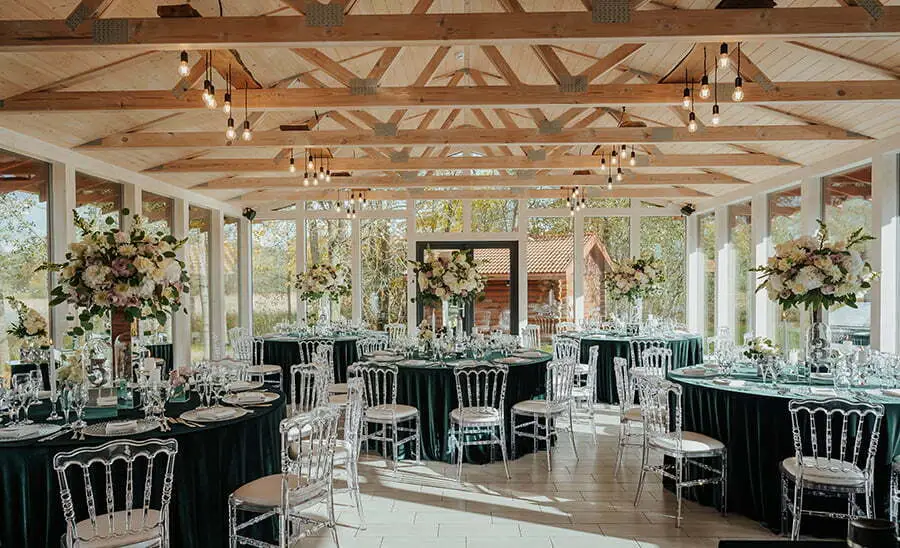
It is essential to have a place to move the ceremony and reception in case of bad weather, such as rain or extreme heat. When selecting a backup venue, it should be close enough to the original location that guests can quickly get there without too much disruption.
It should be large enough to accommodate all guests and any decorations or furniture that may need to be moved from the original location. Ensure that the new venue has access to power outlets and other necessary amenities so your wedding can still go as planned despite the location change.
Rent Tents or Canopies
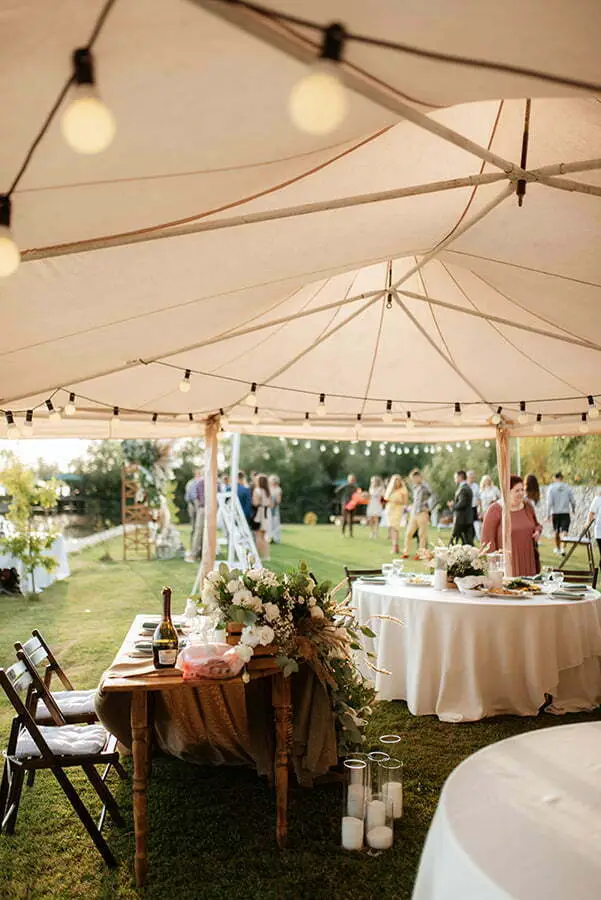
Tents and canopies provide shelter from the rain, wind, and other elements that could disrupt the event. They also offer protection from the sun’s rays if it is too hot outside.
Tents come in various sizes and styles, so couples can choose one that fits their budget and needs. Canopies are usually smaller than tents but provide adequate coverage for guests during the ceremony or reception.
Both options are relatively easy to set up and take down quickly if needed.
Have Extra Umbrellas On Hand
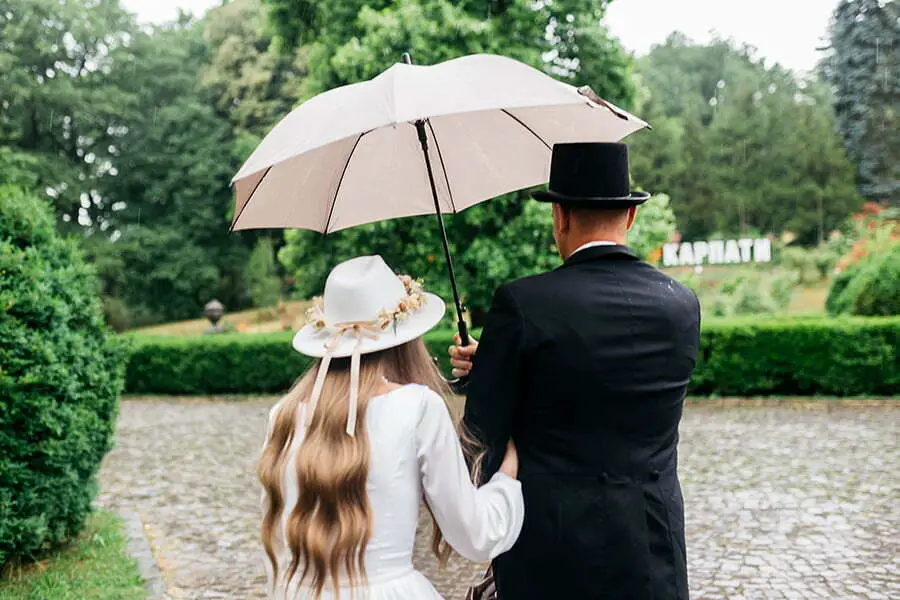
This will ensure that guests have protection from the elements if it starts to rain or snow during the ceremony. Having enough umbrellas available for all guests is essential, as it can be difficult to find shelter in an ample open space like a park or beach.
Having multiple sizes and colors of umbrellas can help ensure everyone has something that fits their needs and style. It’s also essential to have someone designated to hand out the umbrellas when needed so that no one gets left out in the rain!
Provide Blankets for Guests

Blankets can help keep guests warm and comfortable if the temperature drops or it starts to rain. It is best to have enough blankets on hand so that each guest has one and some extras in case of unexpected visitors.
When selecting blankets, consider materials such as wool or fleece, which are more effective at keeping people warm than cotton or synthetic fabrics. Ensure the blankets are large enough to cover most people comfortably and come in colors matching your wedding theme.
Be sure to store the blankets somewhere accessible to retrieve them easily.
Plan for Transportation to the Backup Venue If Necessary
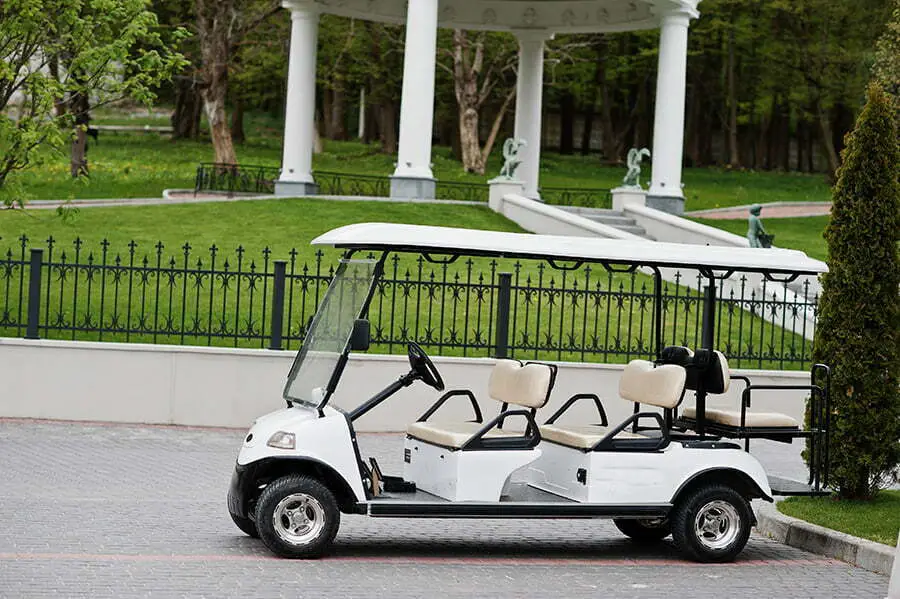
It is essential to have a reliable and safe way to transport guests from the original venue to the backup location if necessary. When creating this plan, it is essential to consider factors such as distance between venues, availability of vehicles, and cost.
When selecting a transportation option for your backup plan, choosing one that can accommodate your guests comfortably and safely is best. If you are expecting many guests, you may want to look into renting buses or vans that can fit everyone at once.
If fewer people attend the wedding, carpooling with family members or friends may be more suitable. It is also essential to consider how far apart the two venues are located when planning for transportation in case of inclement weather.
If they are close together, then carpooling or walking may be feasible options; however, if they are further away, then renting buses or vans would be more appropriate due to their larger capacity and ability to cover longer distances quickly and safely.
It is a significant cost factor when deciding on a method of transportation for your backup plan; rental fees should be considered, as well as any additional costs associated with fuel or tolls, if applicable.
Once these factors have been considered, you will have created an adequate backup plan for transporting guests from one venue to another in case of inclement weather at an outdoor wedding!
Have an Indoor Space Available in Case of Extreme Weather Conditions
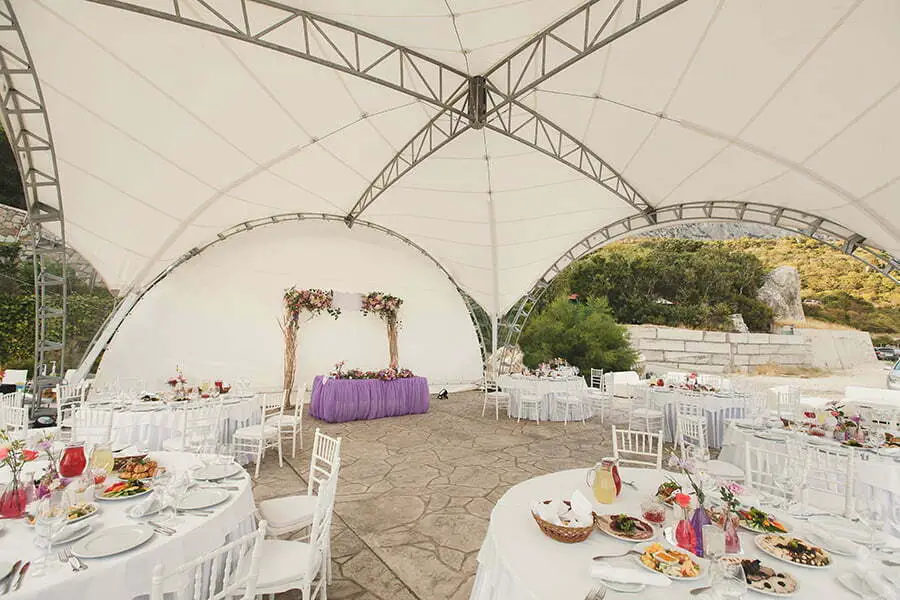
This ensures that the ceremony and reception can still occur, even if the weather is terrible. An indoor space should be large enough to accommodate all guests and have access to power outlets for any necessary equipment.
It should also be close to the original outdoor venue so guests can quickly move between locations. Ensuring the indoor space has adequate ventilation and air conditioning is essential, so everyone remains comfortable during the event.
It’s essential to have a contingency plan for how you will communicate with your guests about any changes due to inclement weather.
Consider Hiring a Wedding Planner
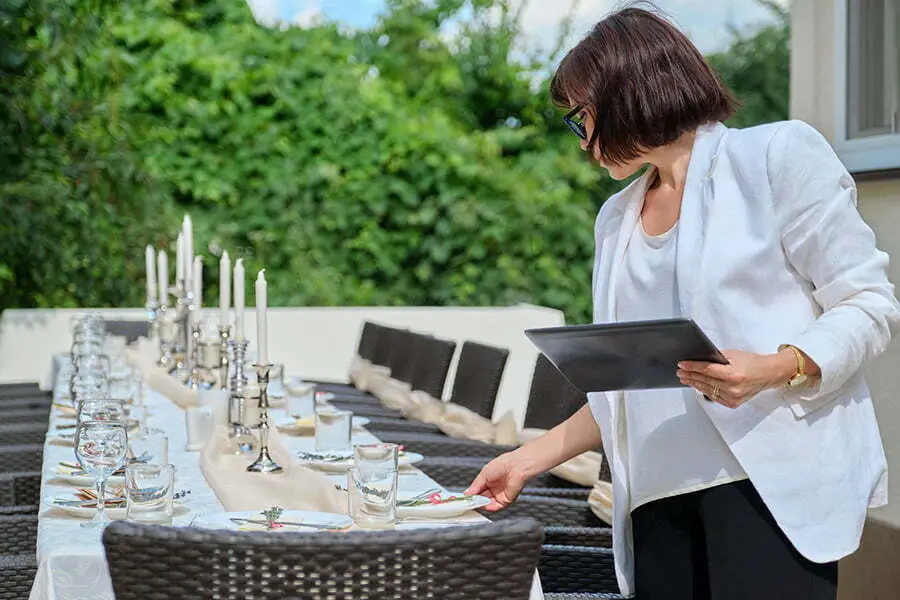
A wedding planner can help you anticipate potential issues that may arise due to bad weather, such as having access to tents or other shelters, providing heaters or fans if necessary, and ensuring the safety of guests. They can also advise on how best to rearrange seating arrangements or decorations.
They will be able to suggest alternative venues should the need arise. With their expertise and knowledge of local vendors, they can help ensure that your special day goes off without a hitch, regardless of the weather conditions.



